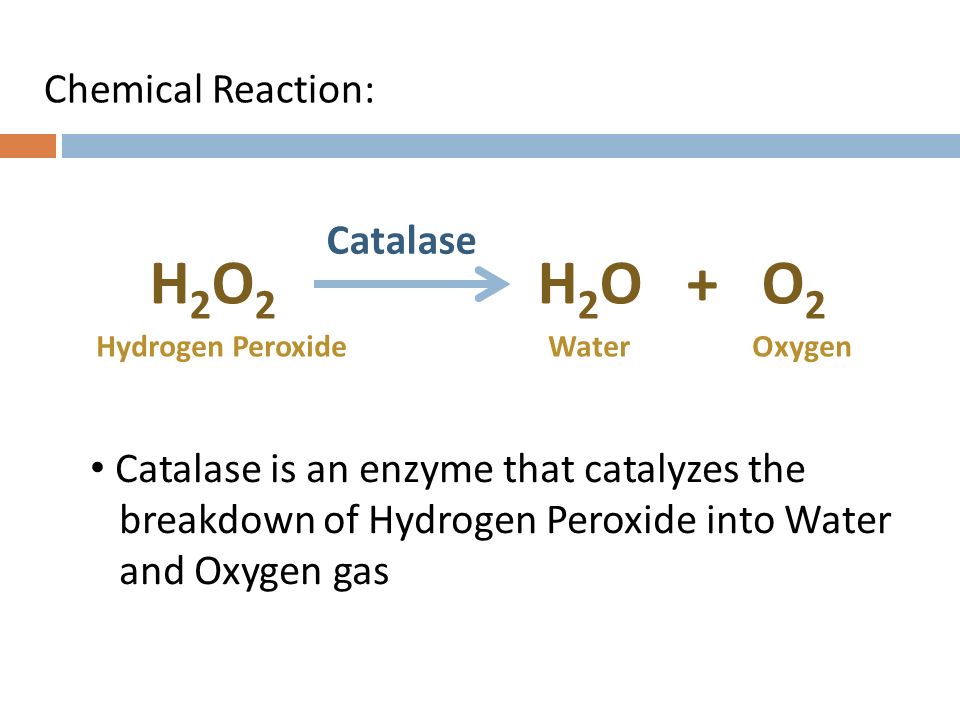Catalase test– this test determines bacterial production of catalase enzymes.

1. Place a drop of hydrogen
peroxide (3% H2O2 - reagent grade) on a microscope slide
or in the concave surface of a hanging drop
slide.
2.
With a sterile loop, collect a sample of 18-24 hour old pure bacterial culture.
5. Record results.
Positive : If the mixture produces bubbles or froth, the organism is said to be 'catalase-positive
( Staphylococcus and Micrococcusare catalase-positive. Other catalase-positive organisms
include Listeria, Corynebacterium diphtheriae, Burkholderia cepacia, Nocardia, the family
Enterobacteriaceae
(Citrobacter, E.coli, Enterobacter, Klebsiella, Shigella, Yersinia, Proteus, Salmonella, Serratia), Pseudom
onas, Mycobacterium tuberculosis, Aspergillus, Cryptococcus, and Rhodococcus equi).
Negative:If it is not produces bubbles, the organism is 'catalase-negative ( Streptococcus and Enterococcus spp. are catalase-negative ).
QUALITY CONTROL:
Positive : Staphylococcus sp
Negative: Streptococcus sp

Comments